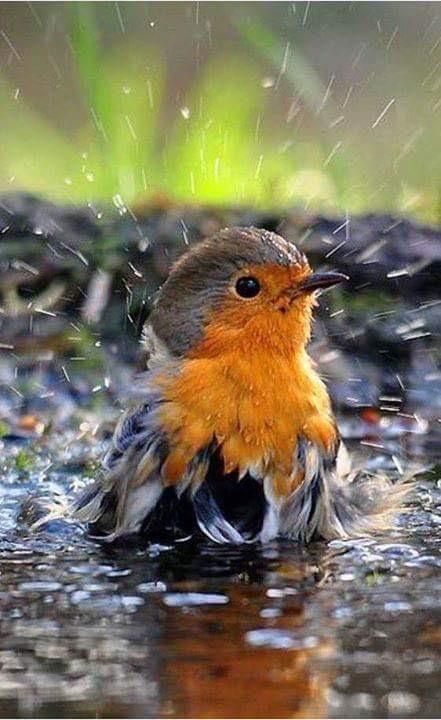
Preening: Why Birds Preen
Share
Wild Birds: What is Preening about?
We clean ourselves while birds preen themselves. This grooming activity is done throughout the day in order to keep their feathers in top shape.
Birds even have a preen gland which lets them coat themselves with a kind of wax that protects feathers. This gland is technically known as the uropygial gland and most wild birds have them. Some do not such as owls, pigeons, parrots, and hawks.
How Birds Preen
By using their feet and bills, birds will preen every feather. They align and meticulously clean feathers from base to ends. While they do this, sometimes they need to stretch themselves into strange positions. I've noticed this and it's interesting how they will also use dirt!

Check out these interesting preening facts from The Spruce:
- Dust Bathing: Many birds, particularly game birds and sparrows, that will take dust baths as part of their regular preening. The dust helps dislodge parasites and absorbs excess preen oil so feathers are not too heavily coated. Birds that do not bathe in water are more likely to use dust baths frequently, but many birds will use both types of bathing.
- Sunning: Sunning helps birds control body parasites and feather mites by moving these pests around to different areas of the body where they can be nibbled away. Sunning can also make the oil from the preen glad more liquid and easier to spread to different feathers in a thin, even layer.
- Bathing: Many songbirds will bathe in water before engaging in extensive preening, splashing around to moisten all their feathers. Bathing removes dust, dirt, and parasites from feathers before birds work to put each feather into its proper position.
- Stretching: Extensive stretching helps provide space between each feather so the entire feather can be stroked and groomed effectively. Stretching or fluffing also helps birds align all their feathers after a section has been preened.
- Anting: Some birds will lay on an anthill or rub ants over their bodies while preening. This process, called anting, distributes formic acid from the ants' bodies onto the birds' feathers. This is believed to help inhibit parasites that can damage feathers.
